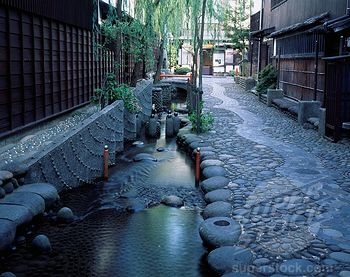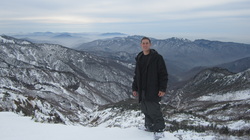 Recently my family and I have been trying to adjust our lifestyle to allow for saving money. Our goal is to move the family from Japan to America in the next year. But with little disposable income saving money is quite hard. So we have taken a closer look at some of our spending habits and the buying in bulk debate came up!
Recently my family and I have been trying to adjust our lifestyle to allow for saving money. Our goal is to move the family from Japan to America in the next year. But with little disposable income saving money is quite hard. So we have taken a closer look at some of our spending habits and the buying in bulk debate came up!
So we took a look at what buying in bulk really means. Warehouse type stores such as Costco and Sam’s Club offer bulk products boasting lower costs per unit. Most things are cheaper but what are some of the other costs that go along with buying bulk from these stores. First, you have to think if you have enough room for all this extra product. Most people here in Japan have very limited space so extra clutter can be an important factor for some people. Another issue related with buying in bulk is the tendency to be more wasteful rather than using just what you need because you know you have plenty more in storage. Also products you don’t know might lead to waste as well such as toilet paper that is too rough or trash bags that rip too easily. You are wasting much more than if you purchased these items in smaller quantities. For our family the two big factors are the large upfront costs of buying in bulk and the missed sales we could have had if we didn’t buy bulk! Most bulk places don’t have sales or offer coupons which can translate into big savings. Commuting costs should also be included. For most people it isn’t a huge cost but for our family as we live in the middle of nowhere, commuting costs are expensive. We spend over $100 dollars with gas and road fees on a round trip to Costco. Unless we are already in the area commuting is a deal breaker for us. Lastly, when buying in bulk from these stores you have to include membership fees, perishables going bad and less variety. When you buy 25 cans of tomato sauce you eat the same thing every time and that can get old fast.
Now let’s take a look at buying in smaller quantities. When I used to live in America I would never think about going to the grocery store everyday and therefore would buy at least two weeks worth of food. But here in Japan most people go everyday for fresh food. If you only buy what you need for the day it eliminates your waste and is great for perishables as they are guaranteed to be fresh. It also gives you the opportunity to use coupons and find the best sales and deals which usually is a great deal cheaper than even your bulk prices. If you use this method of “cherry picking” the cheapest items everyday without spending on other items you can save a great deal of money. This is a little time consuming and maybe a pain in the butt as you have to go and look for the deals everyday but since our daughter works at the local grocery store here it works out really good for us! Also using this method frees up our limited cash flow for other necessities! This is really important in the winter as fuel costs to heat the house are quite steep.
Everything being said when we do have the chance to buy bulk we do buy our toiletries, meat, and alcohol. Toiletries and alcohol don’t go bad if stored properly and meat is just expensive anywhere and if you can get it cheap and freeze it….DO IT! Our situation doesn’t apply to everyone and the outcomes might be different. But I think the lower cost per unit when buying bulk overshadows the other costs involved. Sometimes the other costs make buying in bulk not such a good idea. If you have the time and patience to buy everyday and to find the sales you will save more money. Saving money is not easy, but can be done with a little determination and planning!





